Cold Hardy Grapefruit
xdxdaustin
10 years ago
Featured Answer
Comments (48)
poncirusguy6b452xx
10 years agoxdxdaustin
10 years agoeahamel
10 years agoponcirusguy6b452xx
10 years agoponcirusguy6b452xx
10 years agoponcirusguy6b452xx
10 years agoDave in NoVA • N. Virginia • zone 7A
10 years agoshane11
10 years agotrianglejohn
10 years agofabaceae_native
10 years agotcamp30144(7B N.ATLANTA)
9 years agoDave in NoVA • N. Virginia • zone 7A
9 years agohoosierquilt USDA 10A Sunset 23 Vista CA
9 years agotcamp30144(7B N.ATLANTA)
9 years agomanfromyard
9 years agohoosierquilt USDA 10A Sunset 23 Vista CA
9 years agoDave in NoVA • N. Virginia • zone 7A
9 years agoHOWARD Martin
3 years agolast modified: 3 years agoponcirusguy6b452xx
3 years agoHOWARD Martin
3 years agoHOWARD Martin
3 years agoponcirusguy6b452xx
3 years agosocalnolympia
3 years agoSilica
3 years agoponcirusguy6b452xx
3 years agoSilica
3 years agoponcirusguy6b452xx
3 years agolast modified: 3 years agoDave in NoVA • N. Virginia • zone 7A
3 years agoHOWARD Martin
3 years agoHOWARD Martin
3 years agobklyn citrus (zone 7B)
3 years agotcamp30144(7B N.ATLANTA)
3 years agoHOWARD Martin
3 years agoponcirusguy6b452xx
3 years agoSilica
3 years agolast modified: 3 years agoDave in NoVA • N. Virginia • zone 7A
3 years agolast modified: 3 years agoponcirusguy6b452xx
3 years agoHOWARD Martin
3 years agoHOWARD Martin
3 years agolast modified: 3 years agosocalnolympia
3 years agolast modified: 3 years agoDave in NoVA • N. Virginia • zone 7A
3 years agosocalnolympia
3 years agoHOWARD Martin
3 years agoHOWARD Martin
3 years agoHOWARD Martin
3 years agoHOWARD Martin
3 years agoherman zimmerman
3 years agolast modified: 3 years ago
Related Stories

GARDENING GUIDES10 Cold-Hardy Succulents for Cool-Season Interest
These attractive plants shrug off colder temperatures, and many can be brought inside in containers in extra-chilly climates
Full Story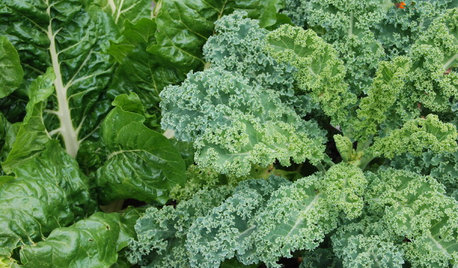
FALL GARDENINGFrost-Hardy Foliage That Loves a Cold-Climate Garden
When winter cuts a bleak swath through other plants, these edibles and perennials flourish brilliantly
Full Story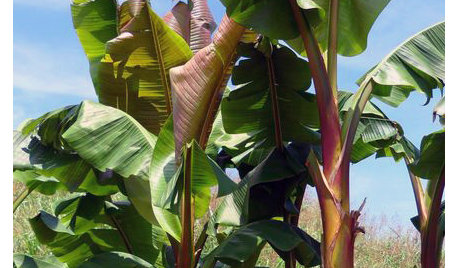
GARDENING AND LANDSCAPINGBring the Tropics to Your Cold-Climate Garden
Delightfully deceptive, these plants combine a durable nature with a tropical look to add a touch of the exotic to cooler landscapes
Full Story
GARDENING GUIDES10 Cold- and Heat-Tolerant Perennials and Shrubs for the Arid West
These flowering native plants shrug off the cold of winter and heat of summer while adding beauty to the drought-tolerant landscape
Full Story
LANDSCAPE DESIGNGreat Design Plant: Retreat to the Shade of Hardy Catalpa
Big foliage and a towering height provide a shady respite in summer, but that's not all hardy catalpa offers dedicated gardeners
Full Story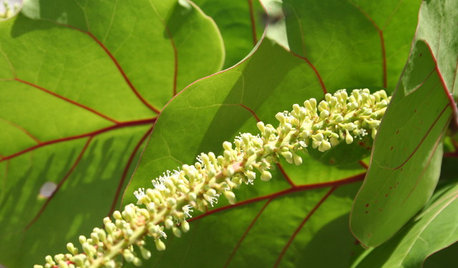
GARDENING GUIDESGreat Design Plant: Sea Grape, a Hardy Coastal Delight
Up to the high-tide line or even indoors, sea grape draws smiles for its looks and cheers for its tenacity
Full Story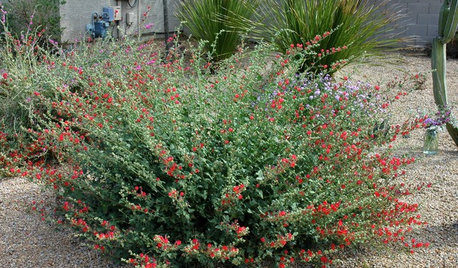
GARDENING GUIDESSouthwest Gardener's February Checklist
Orange you glad for a citrus-fertilizing reminder? And don't forget the recommended doses of vegetable seeds and cold-hardy flowers
Full Story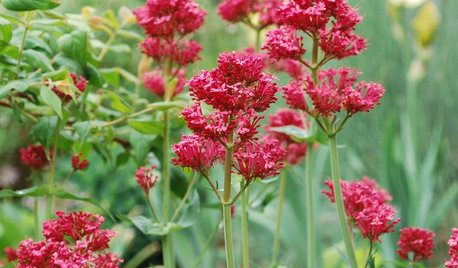
GARDENING GUIDES6 Lovely Water-Wise Perennials for High Altitudes
Even if your climate is cold and dry, you can still celebrate spring with these hardy and colorful perennials
Full Story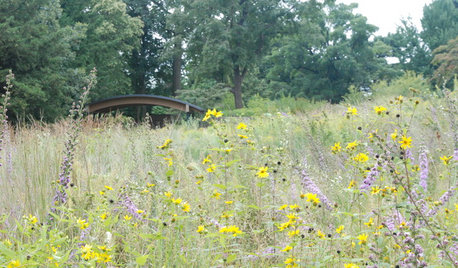
GARDENING GUIDESHow to Find the Right Plants for Your Garden
Break free from choosing plants by cold-hardiness zones for a beautiful landscape that thrives year-round
Full Story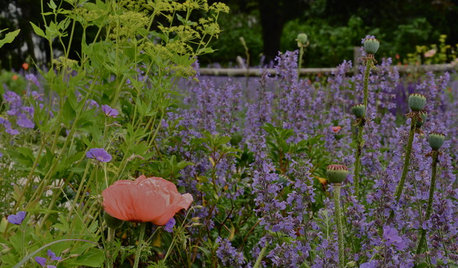
GARDENING GUIDESGreat Design Plant: Walker's Low Catmint
Prolific purple blooms, fragrant leaves, and cold-hardiness makes this a go-to plant for almost any garden
Full Story





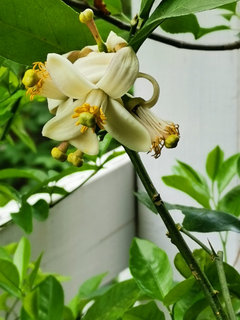
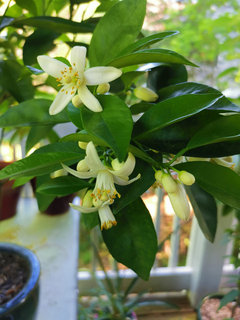
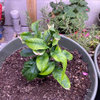
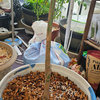
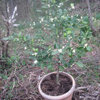
HOWARD Martin